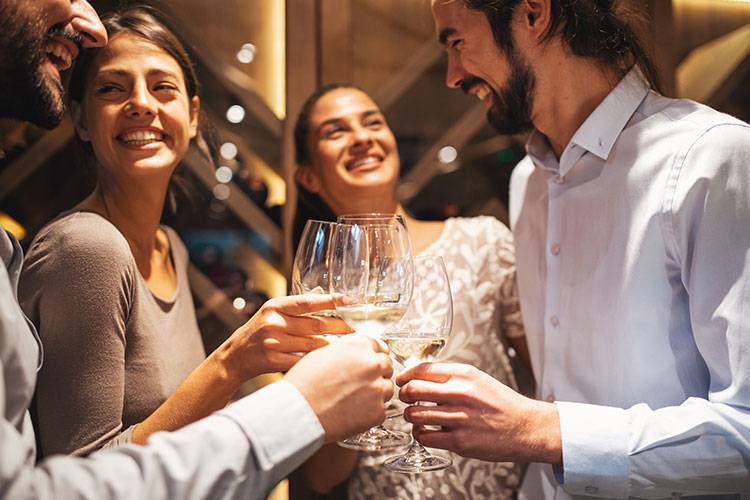Wine for beginners: the basics
Are you discovering the world of wine? If so, you cannot miss our tips. We bring you the wine basics for beginners.
how to shop
Share

As some experts say, water quenches thirst, but wine accompanies those moments and generates memories around the table. A good wine tasting session at lunch or dinner time makes that moment become a special moment. In addition, the “caldos”, as sommeliers refer to wines, are the perfect accompaniment for celebrations, social gatherings… Even going to buy wine forms part of the enjoyable experience, which is why those who make it feel great pride in the wines they make, since they know that they form a part of people´s enjoyment.
One of the things that can help us to get to know and learn more about wine is sharing it, since tasting it in a group always generates the possibility of sharing notes, impressions, and comparisons with other wines.
So, the more wines we try, the better we will be at knowing which type of wine we more or less like, since, in order to begin to understand wine, we must start by knowing what we like by observing it, smelling it, and above all, tasting and enjoying it.

5 things that you must know about wine
- The glass. We should hold the glass by the stem or base to avoid heating the wine with our own hands. We will gently rotate the glass from the base in small circles, in each direction. With this movement we will observe, on the one hand, how the drops of wine fall: the slower they fall, the greater the density, and, therefore, the higher the alcohol content. While on the other hand: how the different aromas come out when the wine is exposed to oxygen.
- The temperature. We must put an end to the false myths that white wine has to be cold and red wine at room temperature. White wine is drunk colder than red, but, obviously, a very cold wine tastes like nothing, so it has to keeps its freshness, without being ice-cold. In regard to red wine, the ideal temperature is between 15 and 17 degrees in the coldest parts of our country; if we live in a warmer area, we can reach 14 degrees perfectly well to taste it. We must not forget that the term “room temperature” originates from France during the end of the 17th century; therefore, we should also keep red wine at the temperature recommended above.
- The colour. If we observe the colour of wine, we can figure out if it is a younger or older wine. For example, in white wines, if we distinguish yellow, pale, straw or greenish tones, we are dealing with a young wine that is in its first or second year, and that comes from a cooler area. On the other hand, if the yellow is more intense, tending towards gold, the wine is older, has been fermented in barrels, or is a sweet wine. With red wine, although at first sight they may all seem the same colour, if the tone is more carmine or brick-red, it means that we are dealing with an older wine.
- Tasting wines from the same type of grape, but from different regions at the same time, in order to understand the notes that each region has. We can also do this with the same grapes from different countries. In this way, we will learn to differentiate by type of grape, but also by region.
- Saving the labels of the wine we like most. As we taste wines, we can keep the labels of the ones which we like the most, and by doing so, we can find out the variety of grape that it contains, if the wine is young or old, and which region it comes from. It is a good way to begin to know how to tell them apart.






